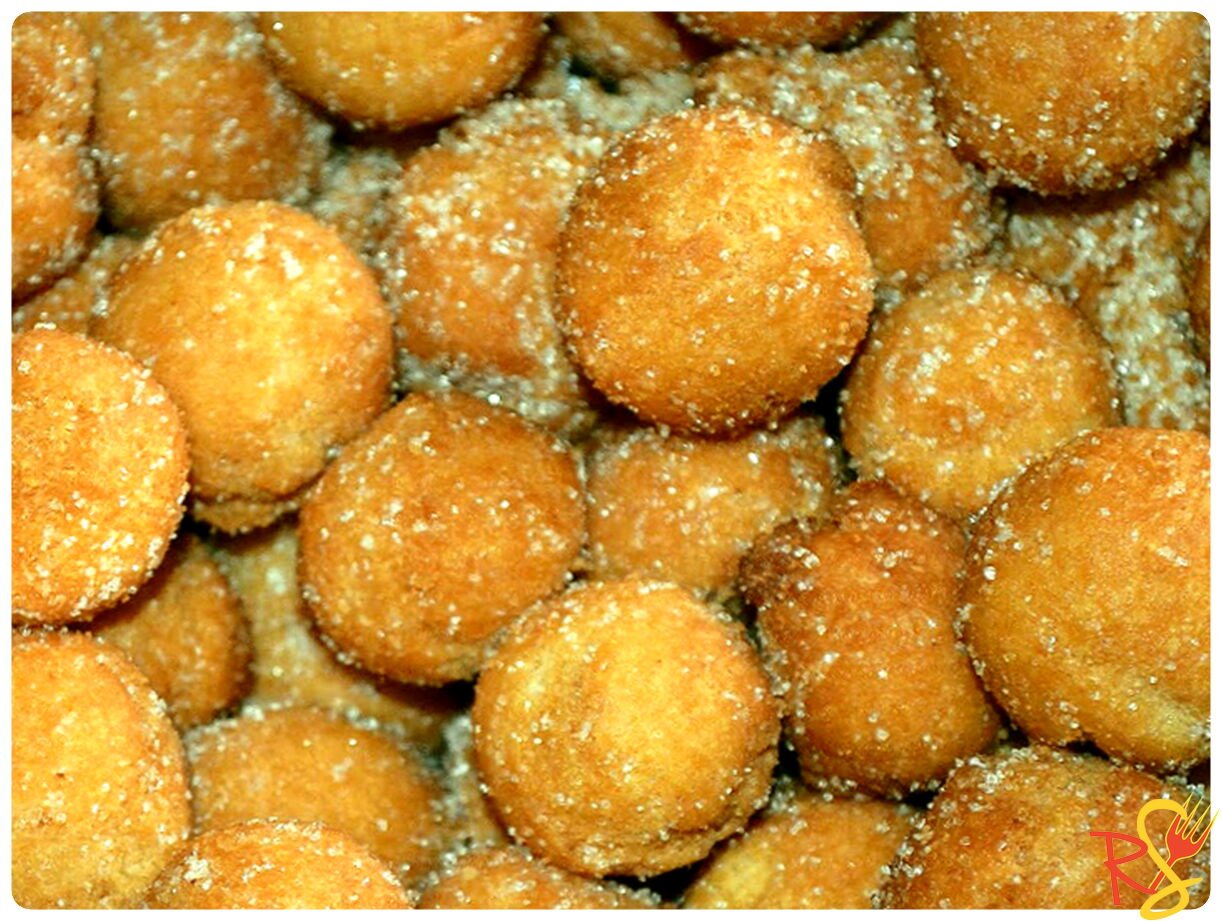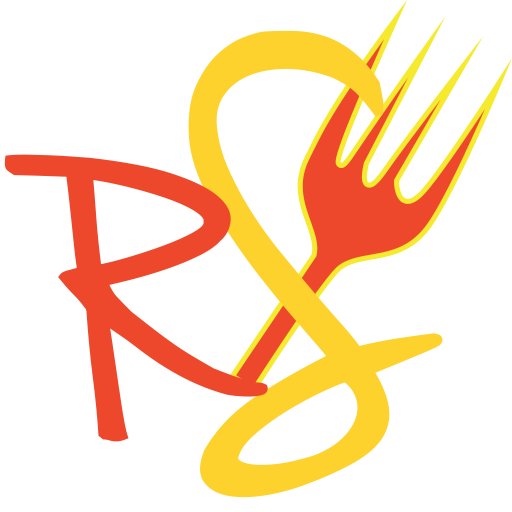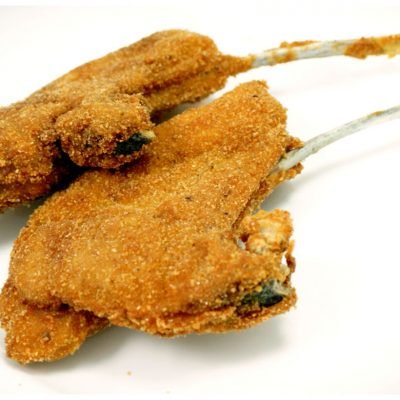Ingredients
-
40 g Butter
-
200 g 00 Flour
-
2 Eggs
-
50 g Sugar
-
1/2 Lemon Peel
-
1 tablespoon Anise Liqueur
-
1 pinch Salt
-
8 g Baking Powder For Cakes
-
1 Vanilla Bean
-
To Sprinkle
-
to taste Sugar
-
To Fry
-
to taste Peanut Oil
Directions
Doughnut Holes, zeppole, tortelli, are just some of the names with which these typical sweets of the Carnival are called. Among the confetti, streamers and masks the Doughnut Holes can not be missing! Originally from Romagna, these small morsels of fried dough are externally fragrant and soft inside … rolled into the sugar everyone will like them! The most classic version includes the use of aniseed but we suggest you experiment with other aromas so you can find your perfect recipe! Despite their paternity, Doughnut Holes, are prepared and enjoyed in many regions of Italy and, sometimes, filled with custard or chocolate. Try the version of these fried or baked carnival cakes!
Steps
|
1
Done
|
To prepare the castagnole, slice the vanilla bean and remove the seeds, then add them to the sugar and stir. |
|
2
Done
30
|
In another bowl place the flour, then add the sugar mixed with the seeds of vanilla and the eggs. Add the slightly softened butter, the grated lemon peel and the anise liqueur. Add a pinch of salt and the sifted yeast. Once you have combined all the ingredients start to mix them with a fork and continue kneading by hand; As soon as you have obtained a uniform mixture, transfer it to a lightly floured work surface with the help of a dough pastry cutter. Knead everything until you get a smooth and soft dough, always using the dough pastry cutter if the dough should be too sticky. At this point put the dough in a bowl, cover with the food film and leave to stand for about 30 minutes. |
|
3
Done
|
Once the dough has rested, start to heat the oil that will have to reach the temperature of 170 °, only in this way you will in fact get some golden castagnole at the right point and cooked inside. |
|
4
Done
|
Go to form the castagnole. Take a little dough from the bowl and make a vein on a lightly floured surface; then using a floured dough pastry cutter cut into pieces of dough about 12 g. With this mixture you will get about 30. Then model each portion with your hands so as to obtain balls. |
|
5
Done
|
As soon as the oil is warm, dip a few pieces at a time, you can help with a skimmer to transfer them without distorting them; turn the castagnole often with a skimmer to promote uniform cooking. Then drain your chestnuts and transfer them on a sheet of straw paper, to remove excess oil. |
|
6
Done
|
Meanwhile place the sugar in a bowl and when the castagnole will still be hot roll it inside the sugar. Continue in this way for the others and serve your castagnole! |

 English
English Afrikaans
Afrikaans Shqip
Shqip አማርኛ
አማርኛ العربية
العربية Հայերեն
Հայերեն azərbaycan dili
azərbaycan dili Euskara
Euskara башҡорт теле
башҡорт теле Беларуская
Беларуская বাংলা
বাংলা bosanski jezik
bosanski jezik Български
Български မြန်မာစာ
မြန်မာစာ Català
Català 粤语
粤语 Binisaya
Binisaya Chinyanja
Chinyanja 中文(简体)
中文(简体) 中文(漢字)
中文(漢字) Corsu
Corsu Hrvatski
Hrvatski Čeština
Čeština Dansk
Dansk Nederlands
Nederlands Esperanto
Esperanto Eesti keel
Eesti keel vosa Vakaviti
vosa Vakaviti Suomi
Suomi Galego
Galego ქართული
ქართული Deutsch
Deutsch Ελληνικά
Ελληνικά ગુજરાતી
ગુજરાતી Kreyòl ayisyen
Kreyòl ayisyen Harshen Hausa
Harshen Hausa ʻŌlelo Hawaiʻi
ʻŌlelo Hawaiʻi Hmoob
Hmoob עברית
עברית Мары йӹлмӹ
Мары йӹлмӹ Magyar
Magyar Íslenska
Íslenska Bahasa Indonesia
Bahasa Indonesia Gaeilge
Gaeilge Italiano
Italiano 日本語
日本語 Қазақ тілі
Қазақ тілі ភាសាខ្មែរ
ភាសាខ្មែរ кыргыз тили
кыргыз тили 한국어
한국어 Kurdî
Kurdî Latīna
Latīna Latviešu valoda
Latviešu valoda Lietuvių kalba
Lietuvių kalba Lëtzebuergesch
Lëtzebuergesch македонски јазик
македонски јазик Malagasy fiteny
Malagasy fiteny Bahasa Melayu
Bahasa Melayu Malti
Malti Te Reo Māori
Te Reo Māori Монгол
Монгол नेपाली
नेपाली Norsk
Norsk Querétaro Otomi
Querétaro Otomi Papiamentu
Papiamentu پارسی
پارسی Polski
Polski Português
Português ਪੰਜਾਬੀ
ਪੰਜਾਬੀ Română
Română gagana fa'a Samoa
gagana fa'a Samoa Gàidhlig
Gàidhlig Cрпски језик
Cрпски језик Sesotho
Sesotho chiShona
chiShona සිංහල
සිංහල Slovenčina
Slovenčina Slovenščina
Slovenščina Af-Soomaali
Af-Soomaali Español
Español Kiswahili
Kiswahili Svenska
Svenska Reo Mā`ohi'
Reo Mā`ohi' Тоҷикӣ
Тоҷикӣ татарча
татарча ภาษาไทย
ภาษาไทย faka Tonga
faka Tonga Українська
Українська Oʻzbek tili
Oʻzbek tili Tiếng Việt
Tiếng Việt Cymraeg
Cymraeg ייִדיש
ייִדיש










